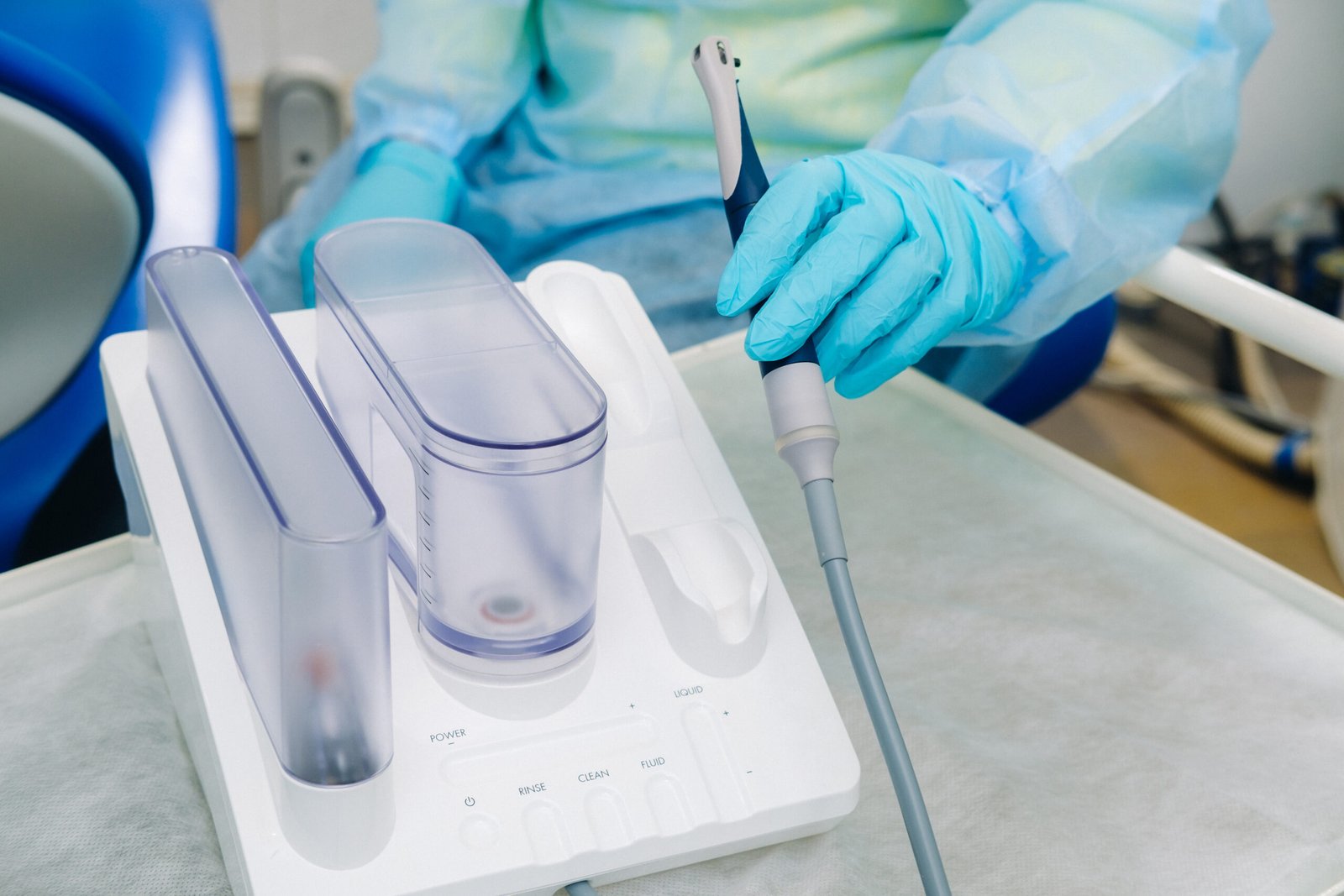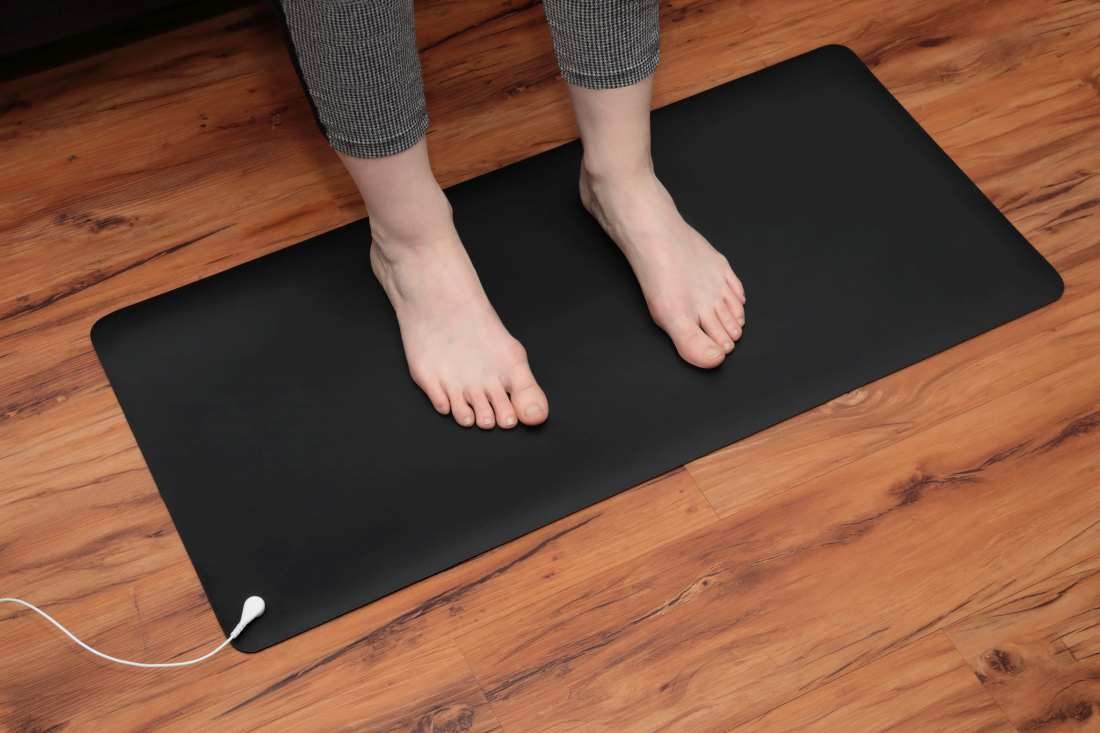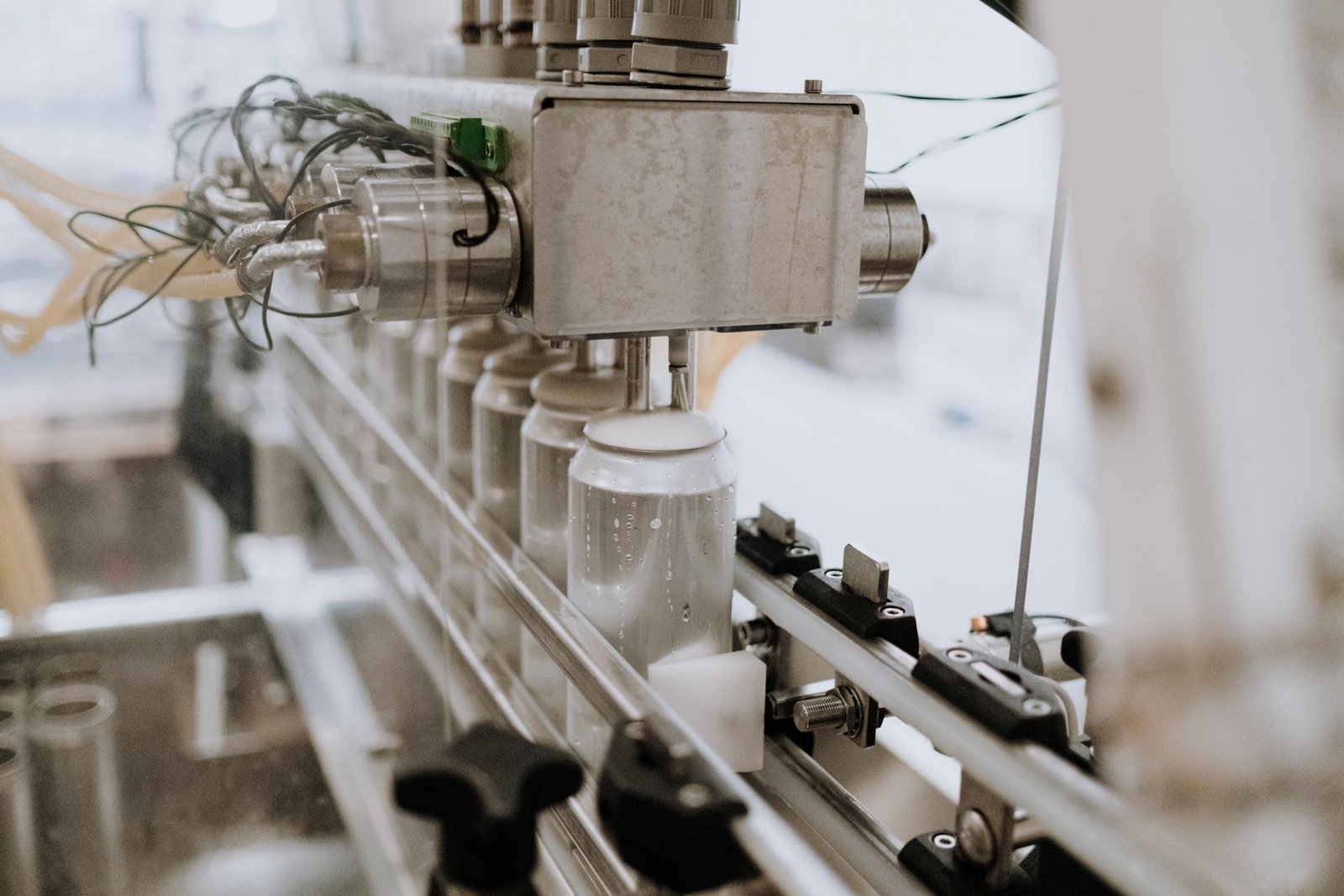Jewelry is an essential part of our everyday lives, symbolizing beauty, wealth, and emotional connections. Over time, however, jewelry can accumulate dirt, oils, lotions, and other contaminants, causing it to lose its sparkle and luster. While there are many cleaning methods available, ultrasonic cleaners have emerged as one of the most popular and effective ways to clean jewelry, especially intricate pieces with small crevices. But are ultrasonic cleaners good for jewelry? Let’s dive deep into how ultrasonic cleaners work, their advantages, potential risks, and how to use them safely for jewelry.
How Do Ultrasonic Cleaners Work?
Ultrasonic cleaners use high-frequency sound waves to generate tiny bubbles in a cleaning solution, a process known as cavitation. These bubbles rapidly form and collapse, creating a microscopic scrubbing action that removes dirt, oils, and other contaminants from the surfaces and tiny crevices of the jewelry.
Here’s how the cleaning process works:
- Sound Wave Generation: When the cleaner is turned on, transducers in the machine emit sound waves at high frequencies, usually between 20-40 kHz.
- Cavitation: These sound waves create rapid cycles of high and low pressure in the cleaning liquid, causing the formation of microscopic bubbles.
- Bubble Collapse: The bubbles implode with a significant amount of force near the surface of the jewelry, which dislodges grime, dirt, and oils without abrasive scrubbing.
- Suspension of Contaminants: The dirt and contaminants are suspended in the cleaning solution, preventing them from resettling on the jewelry.
This method is highly effective for cleaning detailed and intricate jewelry, particularly pieces with small crevices, engravings, or stones mounted in settings.
The Benefits of Using an Ultrasonic Cleaner for Jewelry
There are several reasons why ultrasonic cleaners are an excellent choice for cleaning jewelry:
- Deep Cleaning in Hard-to-Reach Areas: One of the biggest advantages of ultrasonic cleaners is their ability to reach areas that are difficult or impossible to clean by hand, such as tiny gaps in chain links, around gemstone settings, and inside engravings. The cavitation process penetrates these spaces, dislodging dirt and grime.
- Safe and Non-Abrasive Cleaning: Unlike manual cleaning methods, which can sometimes scratch or damage delicate surfaces, ultrasonic cleaners provide a non-abrasive cleaning action. The tiny cavitation bubbles clean at a microscopic level without rubbing or scrubbing, preserving the integrity of delicate metals and stones.
- Fast and Efficient: Ultrasonic cleaners can clean multiple pieces of jewelry at once and typically work within just a few minutes. For busy professionals or jewelry owners with extensive collections, this efficiency can save significant time compared to manual cleaning methods.
- Removes Tough Contaminants: Ultrasonic cleaners can remove tough contaminants such as oils, lotions, dirt, and even tarnish (when used with the right cleaning solution). This is particularly useful for jewelry that has been exposed to daily wear or hasn’t been cleaned in a long time.
Types of Jewelry Safe for Ultrasonic Cleaning
While ultrasonic cleaners are highly effective, they are not suitable for all types of jewelry. It is essential to know which materials can safely withstand the cavitation process and which may be at risk of damage.
Here’s a list of jewelry types that can be safely cleaned in an ultrasonic cleaner:
- Solid Gold and Platinum Jewelry: Ultrasonic cleaners are excellent for cleaning solid gold and platinum jewelry. These metals are strong and durable enough to withstand the cleaning process without any risk of damage.
- Diamond Jewelry: Diamonds, being the hardest gemstone, are perfectly safe for ultrasonic cleaning. The cleaner helps to restore their brilliance by removing oils, dust, and dirt that may be trapped in the prongs or settings.
- Rubies and Sapphires: Both rubies and sapphires are durable and tough gemstones, making them safe for ultrasonic cleaning. The cavitation process will help restore their shine without causing any harm.
- Sterling Silver Jewelry: Ultrasonic cleaners are ideal for cleaning tarnished sterling silver jewelry. When used with the appropriate cleaning solution, they can effectively remove tarnish and restore the metal’s shine.
- Non-Porous Gemstones: Other hard, non-porous gemstones like topaz, amethyst, garnet, and peridot can generally be cleaned in an ultrasonic cleaner. These stones are durable enough to withstand the cleaning process without damage.
Types of Jewelry That Should Not Be Cleaned Ultrasonically
Although ultrasonic cleaners are highly effective, they are not suitable for all types of jewelry. Some materials and gemstones are too fragile, porous, or sensitive to handle the cavitation process. Using an ultrasonic cleaner on these items can result in damage or loss of stones.
Here are the types of jewelry that should not be placed in an ultrasonic cleaner:
- Soft Gemstones: Soft gemstones, such as pearls, opals, turquoise, lapis lazuli, coral, amber, and malachite, are highly sensitive and porous. Ultrasonic cleaning can damage their delicate structures or cause surface erosion, discoloration, or cracking. These gemstones should be cleaned using mild soap, water, and a soft cloth.
- Organic Materials: Jewelry made from organic materials like bone, wood, or ivory should not be cleaned in an ultrasonic cleaner. The intense vibrations can weaken or crack these materials.
- Treated or Enhanced Stones: Many gemstones are treated or enhanced through processes like oiling, dyeing, or fracture filling to improve their appearance. For example, emeralds are often oiled to fill cracks and enhance color. Ultrasonic cleaning can remove these treatments, potentially damaging or altering the appearance of the stone.
- Jewelry with Loose Stones: If the prongs or settings of a piece of jewelry are loose or worn, an ultrasonic cleaner can cause gemstones to come loose or fall out. Always inspect jewelry carefully for loose settings before placing them in the cleaner.
- Costume Jewelry:
- Costume jewelry often features glued-on stones or plated metals. The vibrations from ultrasonic cleaning can loosen or break the adhesive, causing stones to fall off. Additionally, plated metals can tarnish or peel during ultrasonic cleaning.
Tips for Safely Cleaning Jewelry in an Ultrasonic Cleaner
To ensure that you get the best results from your ultrasonic cleaner while protecting your jewelry, follow these tips:
- Use the Right Cleaning Solution: While water can be used for basic cleaning, using a specialized jewelry cleaning solution designed for ultrasonic cleaners will yield better results. These solutions are formulated to remove dirt, oils, and tarnish without damaging delicate metals or stones.
- Limit Cleaning Time: Most jewelry pieces only need a few minutes in the ultrasonic cleaner. Running the machine for too long can expose your items to excessive cavitation, which may cause unnecessary wear or damage.
- Inspect Jewelry Before and After Cleaning: Always inspect your jewelry for loose stones or damaged settings before placing them in the cleaner. After cleaning, check that all stones are securely in place. If you notice any issues, have your jewelry repaired by a professional jeweller before cleaning it again.
- Clean One Type of Jewelry at a Time: Avoid mixing different types of metals and stones in the cleaner. For example, don’t clean soft stones like pearls with harder stones like diamonds, as the latter could cause abrasion or scratches.
- Rinse and Dry Thoroughly: After the cleaning cycle is complete, rinse the jewelry with clean water to remove any remaining cleaning solution. Dry each piece thoroughly using a soft, lint-free cloth to prevent water spots or tarnishing.
Yes, ultrasonic cleaners are an excellent tool for cleaning many types of jewelry, especially those with intricate designs or hard-to-reach areas. They provide a fast, efficient, and non-abrasive method of restoring the sparkle to your favorite pieces. However, it’s essential to know which jewelry is suitable for ultrasonic cleaning and to take precautions with more delicate or sensitive items.
For durable materials like gold, platinum, and hard gemstones such as diamonds, rubies, and sapphires, ultrasonic cleaning is a safe and effective way to maintain their brilliance. For softer gemstones, treated stones, and costume jewelry, a gentler cleaning method is recommended to avoid potential damage.
With the right cleaning solution, proper care, and adherence to best practices, ultrasonic cleaners can be an indispensable tool for keeping your jewelry looking beautiful and pristine for years to come.






